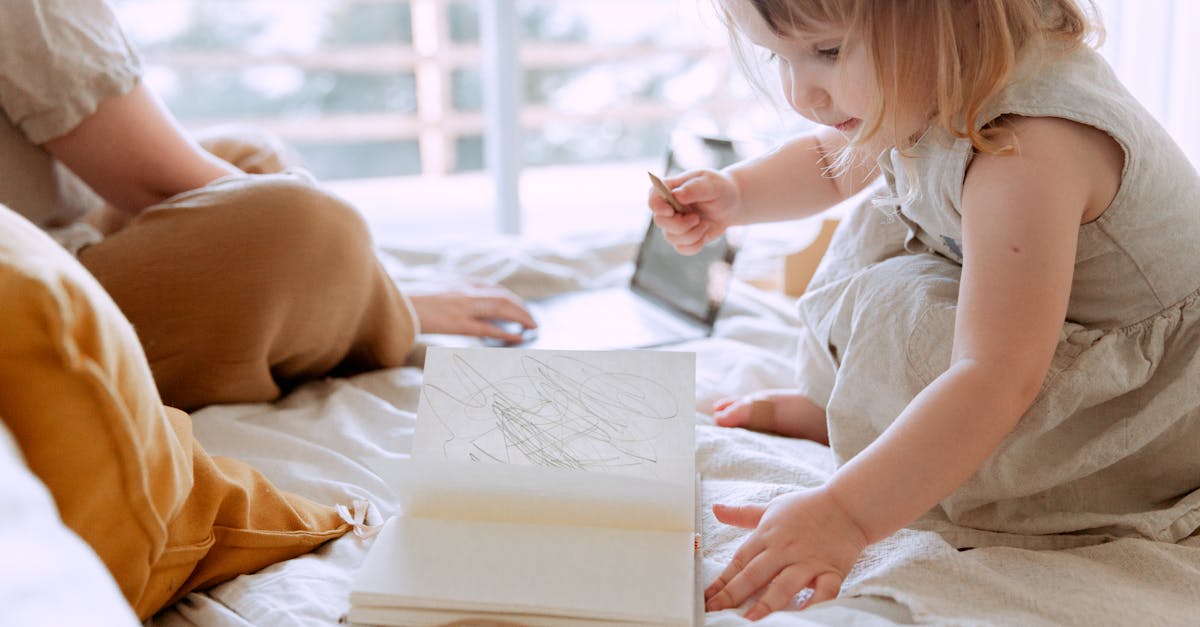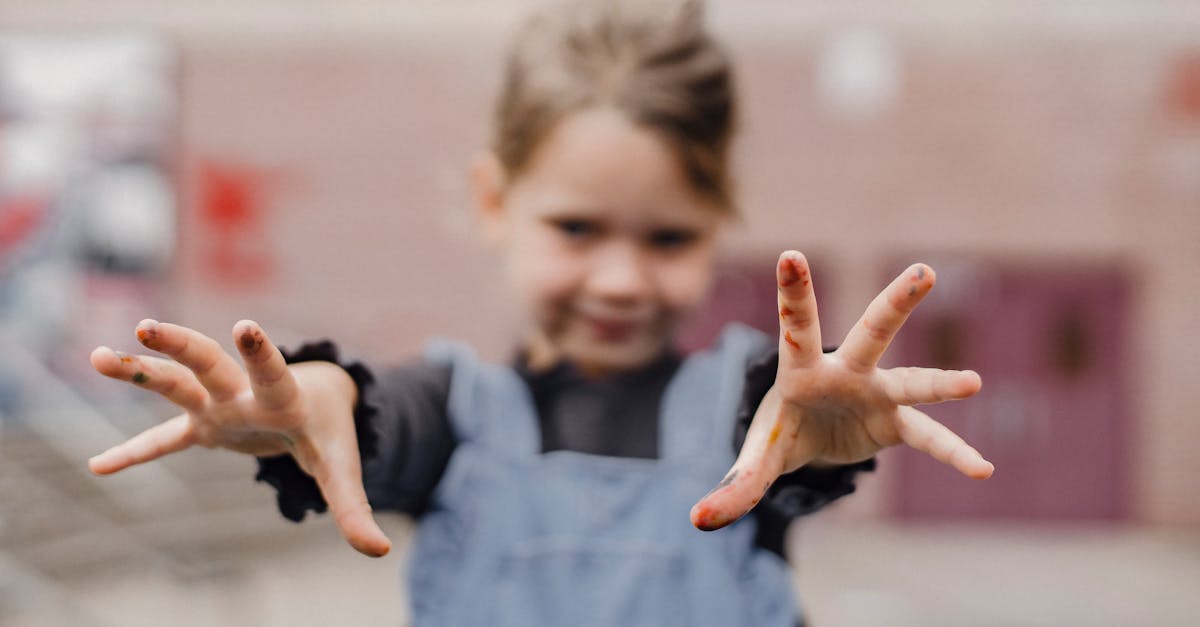1. Creating a Safe Play Environment
Creating a safe play environment is vital for fostering independent play. Children are more likely to explore and play on their own when they feel secure. Ensure that the play area is free from sharp edges, fragile items, and other hazards. Additionally, have a variety of toys and materials within easy reach. This setup not only promotes safety but also encourages creativity and exploration. Remember, a safe space means less intervention from your side, letting your child think and play autonomously.

2. Choosing the Right Toys
The right toys can make a significant difference in promoting independent play. Opt for open-ended toys like building blocks, dolls, or art supplies. These toys don’t come with strict rules, allowing children to use them in various ways and stretch their imagination.
On the other hand, avoid battery-operated toys that limit interactions and creativity. Instead, choose items that grow with your child’s interests and developmental stages. This helps maintain their attention and can keep them engaged for longer periods.

Remember, the goal is to encourage creativity, critical thinking, and problem-solving skills through play. By selecting the right toys, you can help nurture these essential abilities in your child.
3. Setting a Routine for Playtime
Routine plays a vital role in establishing independent play. Having a consistent playtime every day sets expectations and helps children feel secure. Choose a time when your child is naturally more relaxed and attentive—perhaps after a nap or snack. A predictable routine also makes it easier for you to balance other responsibilities while knowing your child is engaged. So, set a timer if you must, and stick to a schedule. It teaches the child that playtime is a regular part of their day.
4. Balancing Guidance and Independence
Striking the right balance between guidance and independence is crucial. Initially, you may need to demonstrate how a toy works or suggest ways to play. Once your child catches on, step back and let them take over. Offer occasional praise but avoid hovering. Too much interference can stifle creativity and make the child overly dependent on you for ideas and solutions. Instead, encourage them to explore on their own, solving problems as they arise. This balance helps build confidence and independent thinking.

5. Embracing Boredom
Boredom isn’t necessarily a bad thing. In fact, it can be a powerful catalyst for creativity and independent play. When children are given room to feel bored, they are more likely to invent games, stories, or activities. So the next time your child says, ‘I’m bored,’ resist the urge to immediately solve the problem. Instead, offer some general suggestions but leave the specifics up to them. Embracing boredom encourages kids to tap into their creativity and resourcefulness.

6. Celebrating Small Wins and Progress
Celebrate the small wins and progress your child makes in independent play. It might be as simple as stacking blocks higher than before or creating a longer story with their dolls. Acknowledge these moments with enthusiasm. Positive reinforcement not only boosts their confidence but also encourages them to stretch their boundaries further.
Remember to share your own excitement too; your joy is contagious! Encouragement makes children feel valued and motivates them to continue their independent journey.
